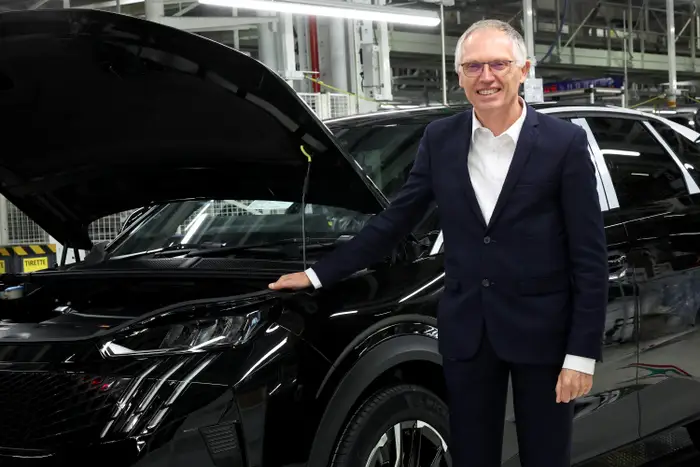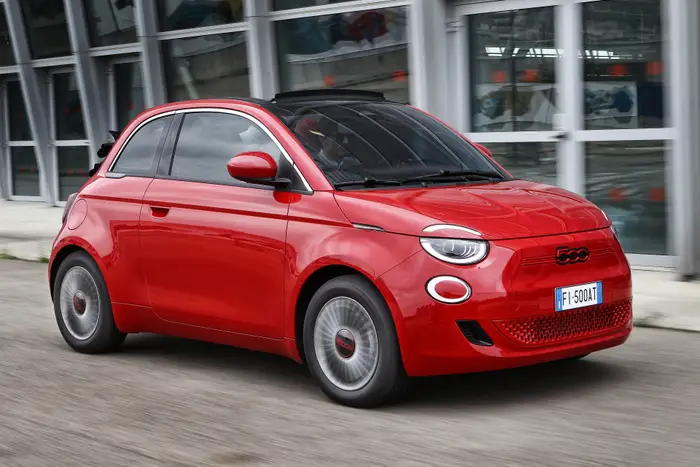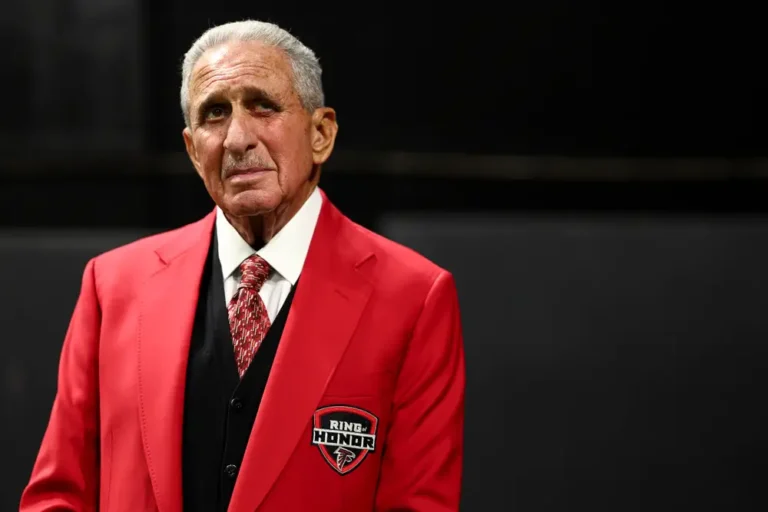5 problems the next CEO of Jeep’s owner will have to fix

Jeep Compass e-hybrid.
The owner of Jeep and Chrysler is facing further upheaval after its CEO departed on Sunday.
Shares in Stellantis fell by almost 9% in Milan on Monday after Carlos Tavares, who had been due to step down in 2026, announced he would leave immediately. The stock has now fallen 45% this year, valuing the company at about $36 billion — $8 billion less than Ford.
Tavares has had a bumpy ride at the head of the company that owns brands such as Jeep, Chrysler, and RAM as well as European carmakers Fiat and Peugeot — and analysts warned his exit was unlikely to solve any of Stellantis’ many problems.
“Although not a surprise, the early and immediate departure of CEO Carlos Tavares leaves the group without leadership at a time of critical decisions on brand management to reverse market share loss and excess industrial capacity in Europe and North America,” wrote Jeffries analysts in a note on Monday.
Here are some of the many speed bumps facing whoever succeeds Tavares in one of the auto industry’s toughest jobs:
1.US model range
Stellantis’ US sales have plummeted in recent months, and dealers previously told B-17 that a lack of affordable models was affecting sales of Jeep and Ram vehicles.
Tavares trimmed product lineups at Stellantis’ US brands during his time as CEO, but the decision to discontinue so many models appears to have left the company out of step with consumer demand.
Jeep, Chrysler, and Ram all have an oversupply problem, with the three brands having more than 100 days of supply at the end of summer compared to the industry average of 77, according to Cox automotive data.
2.Union battles
Stellantis is facing an ongoing battle with the powerful United Auto Workers (UAW).
The union has threatened to walk out over a scaling-back of product commitments it says breaches the 2023 contract struck with management after a historic strike.
Stellantis has filed its own legal action against the UAW, accusing it of violating that contract with votes to authorize strikes.
The union welcomed Tavares’ resignation, with president Shawn Fain criticizing the Portuguese executive’s “reckless mismanagement” of the company in comments to The Detroit Free Press.

Carlos Tavares has stepped down as Stellantis CEO.
3.Competition from China
Like its rivals, Stellantis is under pressure from a wave of affordable Chinese EVs.
Speaking at an event on the sidelines of the Paris auto show in October, Tavares said the likes of BYD could produce EVs for about a third of the cost of their European rivals, and described competing with them as a “matter of survival.”
Stellantis has partnered with China’s Leapmotor to sell EVs outside China, but the company will still face stiff competition from Chinese upstarts eyeing expansion in Europe.

Chinese carmakers such as BYD are eyeing expansion in Europe.
4.Stuttering EV sales in Europe
Stellantis sales are in free fall on both sides of the Atlantic, with Europe down 17% in the third quarter compared with last year.
It’s been hit by slowing EV sales in Europe, with a lack of affordable models and the end of subsidy programs in markets such as Germany affecting demand.
Stellantis is suspending production at a factory in Italy as a result, and the company also announced it would shut down a factory in the UK amid concern over EV sales targets in Britain.

Fiat has an electric version of the 500.
5.Trump tariffs
Trump’s election victory poses peril for automakers in the US and abroad, and Stellantis is no exception.
The president-elect has floated tariffs on European companies that could affect Stellantis’ European brands.
Trump has also said he will impose blanket 25% tariffs on all goods imported from Mexico and Canada.
Such charges could have a huge impact on Stellantis, which has about a third of its full-size pickup truck production in Mexico, according to Morningstar analyst David Whiston.
Stellantis did not immediately respond to a request for comment from B-17.






